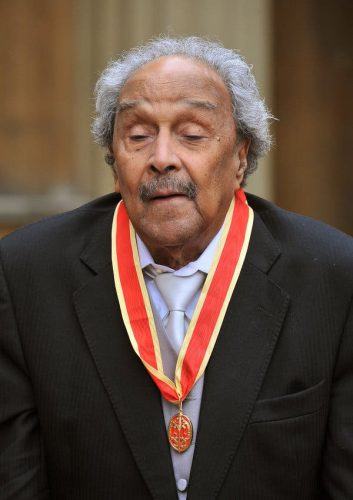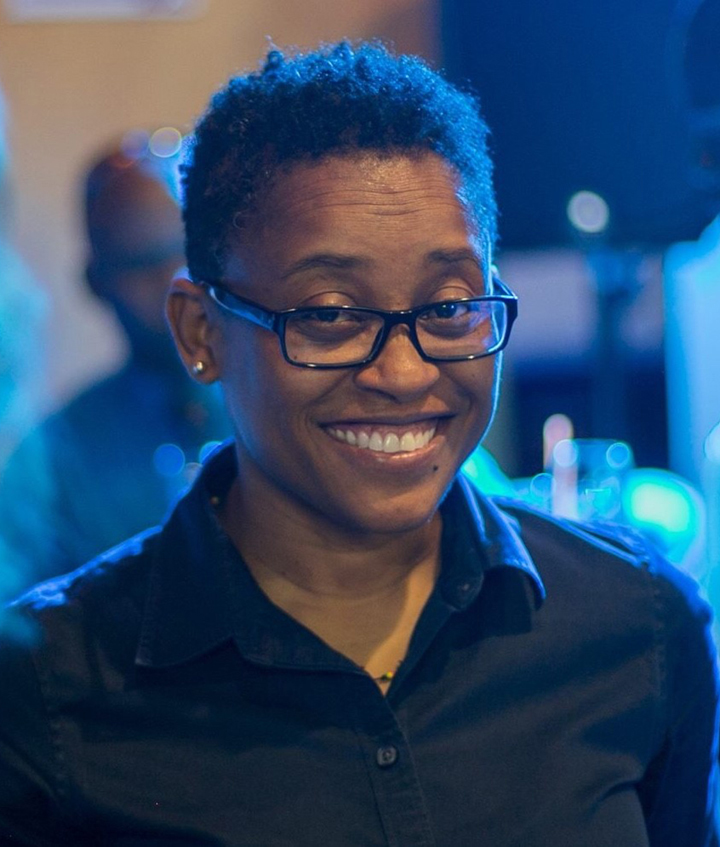O God
This is my meditation now, before I pray.
I think of Mozart,
in the heart of his civilization,
deserted, not even accorded the dignity
of decent burial.
I think of Christ crucified
Dying in agony, crying aloud to his God –
Eli, Eli, lama sabachthani?
I think of the others,
the others who are also the sons of God,
contemptuous of their divinity,
living and dying today in the slums.
I think of the strange and moving spectacle of man overcome
by the inanimate earth that covers him
or the deep waters in which he drowns
or the bullet that comes unerringly
travelling through eternity to its ultimate destination.
The voices of the living pray to God.
The voices of the dead
treasured in the beautiful books in the libraries
pray to God.
Men suffer and pray to God
and thereby acquire stature
like Jesus Christ and like Mozart.
They wait for the ultimate mockery
or the ultimate justification,
in the meantime piling up new and unlearned accents of tragedy
upon their human story, while they wait on God.
– Wilson Harris
On Thursday this week, most of the foremost scholars of West Indian Literature will gather in Georgetown for a three-day meeting as the University of Guyana hosts the 38th Annual West Indian Literature Conference.
This brings more than 70 academics, writers, researchers, film writers and artists to Turkeyen from several universities and other institutions around the world. All told, it will be a meeting of some 100 participants, including members of the University of Guyana. Most will be journeying from the USA, the UK, Europe, Africa, Australia, and around the Caribbean. These are persons who are engaged in the writing, research and study of the literature of the Caribbean as well as other forms related to it.

The conference theme is “Hinterlands: Journeys of the Imagination,” around which a wide variety of papers, which interpret, analyse and interrogate the literature from several different perspectives, will be presented.
There is a ceremonial opening on Thursday morning at the Arthur Chung Conference Centre, followed by three days of deliberations. These include the reading of papers on topics which range from the study of many of the Caribbean’s foremost writers in poetry, fiction and drama to a host of new and emerging authors. They also include different perspectives on the criticism of West Indian Literature, its relationships with politics, history, geopolitics, anthropology, linguistics and sociology, all exploring the many different ways in which the subject of “hinterlands” may be interpreted.
This will result in the discussion of papers on an infinite variety of subjects and critical approaches, which will be very interesting because of diverse ideas and works of the imagination.
The programme, over the three days, will include sessions on different artistic disciplines which are related to literature. Literature, of course, would never exist without the creative writers who produce it. There is a roundtable of writers who will form a panel talking about their work, their experiences and whatever other topics are put to them by the panel moderator.
There will be a featured writer in another session – a foremost Guyanese author who will introduce and read excerpts from original works, talk about the creative process, experiences, real events and the imaginative energy that would have initiated, influenced and shaped the works.
In addition to that, a number of new and emerging Guyanese writers will read samples of their work during lunch-time sessions every day of the conference. It will be valuable exposure for them, while it will give the visiting academics, critics and writers a good idea of the contemporary face of Guyanese writing.
The main part of the deliberations will be not only on interpretations of “hinterlands” in Caribbean literature, but on some of the actual hinterlands that have developed as adjuncts to it, extensions of it, or artistic disciplines that have been included within the realms of West Indian Literature. The concept has widened over the many decades of development in the literature in the modern era and much that was not considered as “literature” is now included, practiced and studied.
Film is among the first of these. Film is increasingly studied on Caribbean university campuses as a discipline in its own right, but in all cases, it started as a part of and within literature programmes. Further, film in the region has been developing and several works have been produced to the extent that there is now a considerable corpus of Caribbean films, including short films. There is a session in the conference titled ‘The Hinterland of Film’. This will be led by the Timehri Festival of Short Films moderated by Romola Lucas.
Added to this, one of the Caribbean’s foremost filmmakers and screen writers will be making presentations in the conference. Yao Ramesar, who was a winner of the AN Sabga Caribbean Award of Excellence some years ago, will present his work with a discussion of how it was influenced by Wilson Harris.
There is also ‘The Hinterland of Theatre’, since the study of drama and its performance in the theatre is another branch of literature. There is to be the performance of a new Guyanese play Laugh of the Marble Queen by Subraj Singh and the National Drama Company (NDC) during the conference. Other works by the NDC will also be featured, including their version of Ol Higue and an excerpt from their recent production of Derek Walcott’s Ti Jean and His Brothers.
Another featured hinterland is the fine arts. The artists of the Division of Creative Arts at the University of Guyana will have an exhibition titled ‘Hinterlands: Journeys of the Imagination’ to match the theme of the conference. Such artists as Winslow Craig, Michael Khan and Elodie Cage Smith, who are on the academic staff, will show their work. Concurrent with that will be another exhibition of literature mounted by the University of Guyana Library. This is a famous exhibition known as The Guyana Prize for Literature Exhibition and the Exhibition of Guyanese Literature and Writers. This was the most impressive display at two Carifestas – in Haiti 2015 and Barbados 2017. It will now be reproduced for the conference.
There are three panels dedicated to Wilson Harris, whose work is very close to the concept of hinterlands, particularly that interpretation which takes us into the heartland of the Guyanese landscape and the imagination. The drama also acknowledges the importance of Walcott, while other foundation authors, such as V S Naipaul and George Lamming, will also be examined.
Yet, in addition, there are studies of more recent major writers of the contemporary era. These include the very prominent and prize-winning Marlon James, whose novels are in focus, particularly in the presentation of Michael Bucknor. With him is also another prize winner, Kaie Miller whose novels are the subject of other panels. And while these new talents are celebrated, there is an interesting study of a few writers that have virtually become lost. Critics Alison Donnell and Evelyn O’Callaghan will present a study in a panel called ‘Forgotten Hinterlands: Lost Caribbean Women Writings’ in which they seek to recover some women writers of the past whose works have become endangered.
This is the major conference on the subject of West Indian Literature in the world. It has grown to grand proportions since its inauguration in 1981 when it set itself the purpose of generating criticism of West Indian Literature by West Indians. It originated with the three campuses of the UWI and included the University of Puerto Rico, the College of the USVI and soon incorporated the University of Guyana and the College of the Bahamas.
Eventually the University of Miami and the St Georges University joined in. But since the 1990s, it gradually became truly international, taking in the USA, the UK, Europe and the globe. A reflection of the global study and interest in West Indian literature is where it is now, as will be seen in the latter part of this week.






